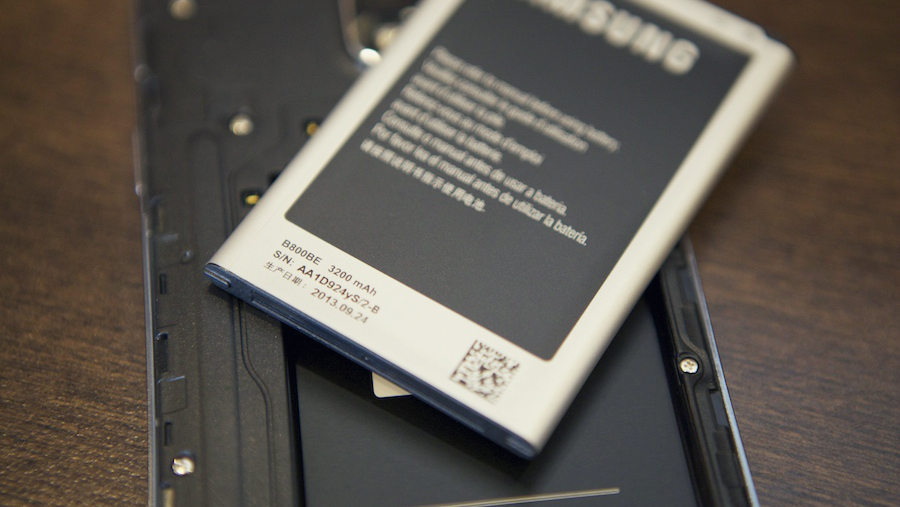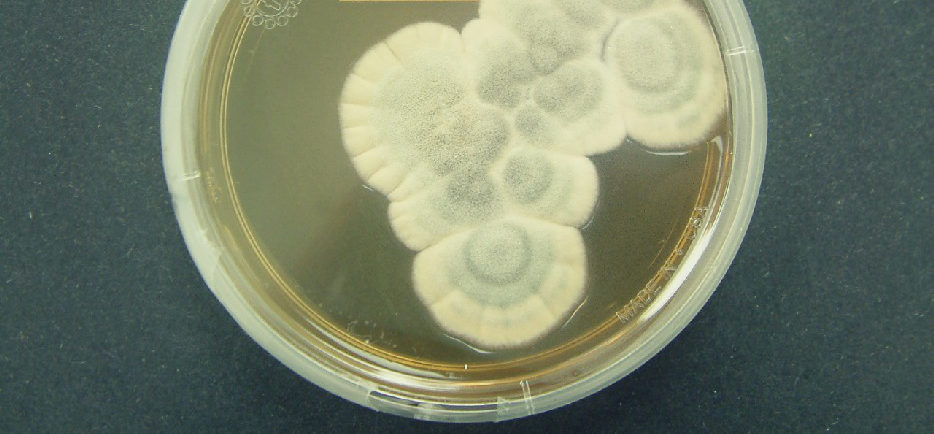 Recycling
Recycling
Rechargeable batteries are a common thing nowadays, because they let people use batteries over and over again, without having to buy new ones all the time. And since some of the main components of rechargeable batteries are plastic, metal and lead, they can be recycled through different battery collecting programs.
The main difference between regular batteries and rechargeable ones is that rechargeable batteries have a lot more metal elements in them, that allows them to be recharged, and since nowadays most of or electronic devices run on batteries, then the ability to recharge them is crucial. However, because there is heavy metal presence in these batteries, it also means that rechargeable batteries are more hazardous and therefore shouldn’t be just thrown away with regular waste, but need to be properly recycled.
And it looks like science has found an efficient, yet very interesting way, how rechargeable batteries could be recycled in the future. Believe or not, it will be done with the help of mold. Yes, you heard it, mold and the chemistry processes associated with mold. It will help to deal with the ever growing amount of e-wast faster and more efficiently.
This method right now is studied by a group of researchers from University of South Florida with Jeffrey A. Cunningham in the lead. They are researching that, how well mold actually is able to recycle rechargeable lithium-ion batteries. And if the researchers will be successful, then there is a good chance that all of our rechargeable batteries including phone batteries, laptop batteries and even those that are powering electric cars will be recycled this way in the future.
How is mold able to recycle metal heavy, lithium ion batteries, if the rechargeable battery recycling process right now asks for a ton of energy as well as the usage of pretty harsh chemicals? The key is to use the right kind of fungi in the recycling process. The researchers looked at three fungi strands that can be commonly found on things like old food and such. Previously others have already used fungi to leach metals from different waste, so the team working on this projects figured, that they could use similar method only on old rechargeable batteries. How the process works is that since fungi naturally generate acidic compounds similar to those chemicals that are now used in battery recycling to extract the lithium and cobalt from the batteries, those fungi chemical compounds are used in battery recycling instead of the chemical ones. In fact these compounds are able to extract about 85% of the lithium and about 48% of all the cobalt from the batteries, and although that is quite a bit less if we compare how much lithium and cobalt the chemically made compounds can take out of the batteries, it still is a big success and a lot environmentally friendly method of recycling batteries. And maybe in the future the researchers will be increase this percentage to mach what chemicals can do in battery recharging, making the mold based recycling by far the superior battery recycling method.

